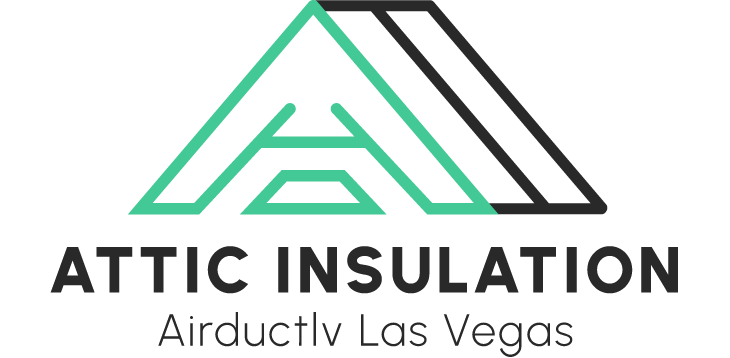Attic insulation plays a big role in the comfort, energy savings, and long-term performance of a new home. This blog explains why insulation matters, compares materials like spray foam and batt, and explores how the right choice leads to lower utility bills, better HVAC efficiency, and code compliance. If you’re building a home, don’t overlook the attic—it’s a key part of building smart.
Why Attic Insulation Matters in New Home Builds
When building a new home, every layer and material has a purpose. One part that often doesn’t get much attention early on is the attic insulation. But this hidden layer can make a big difference. It helps keep your home comfortable year-round, reduces energy use, and supports the overall performance of your HVAC system. Without the right insulation up top, new homes can quickly become inefficient and costly to maintain.
Choosing the right attic insulation for new construction sets the tone for long-term comfort and performance. It’s a step that should be planned early, not something to deal with after the fact.
Best Types of Insulation for New Construction Attics
When it comes to new builds, contractors have more flexibility in choosing the best attic insulation materials because they’re starting fresh. The most common choices include fiberglass batt insulation, blown-in cellulose, and spray foam.
Fiberglass batts are budget-friendly and easy to install, while blown-in options can fill tighter spaces more evenly. Spray foam, though more expensive upfront, offers an air seal that helps prevent drafts and moisture. Picking the right insulation depends on your home’s layout, climate, and budget, but getting it right the first time makes a difference.
How Insulation Helps Save Energy
A properly insulated attic helps control heat flow, which reduces how hard your heating and cooling system needs to work. When the attic is well insulated, it keeps hot air from entering in summer and prevents heat from escaping in winter. This balance means less strain on your HVAC, lower energy bills, and a more comfortable home overall.
This is the reason energy-efficient new home insulation is now a top priority for builders and homeowners alike. Good insulation isn’t just about comfort—it’s about reducing waste and cutting long-term energy costs.
Meeting Code with the Right Insulation
Every new home must follow certain building standards, and attic insulation plays a big part in meeting those standards. Local codes typically define minimum R-values—the rating that shows how well insulation resists heat flow. These codes help make sure homes are built to a reasonable standard of efficiency and safety.
Following the building code attic insulation standards isn’t just about passing inspection. It’s also about making smart choices that will help your home perform better for years to come. Working with a builder who knows the local codes—and how to exceed them—can give your home an edge in both comfort and value.
Comparing Spray Foam and Batt Insulation
New construction offers a unique opportunity to compare different insulation materials before the walls go up. One of the biggest decisions is choosing between spray foam insulation vs batt insulation.
Spray foam offers better air sealing and moisture resistance. It expands to fill every crack and corner, which helps prevent drafts. Batt insulation, often made from fiberglass, is more affordable and faster to install. It’s a solid choice for straight, open areas but may leave gaps in irregular spaces.
While spray foam may have a higher price tag, many homeowners find the energy savings and comfort worth the investment. That said, batt insulation is still widely used and can perform well when installed properly.
Insulation’s Impact on HVAC Performance
The attic has a direct effect on how well your heating and cooling systems function. Poor insulation allows heat to build up in the attic, especially during summer, which forces your HVAC system to work harder. This shortens the lifespan of the equipment and leads to higher bills.
Proper attic insulation supports HVAC performance and insulation efficiency by reducing temperature fluctuations. Your system won’t need to turn on as often, and your home will feel more comfortable all day long. It’s a win-win for your home and your utility bill.
Saving Money in the Long Run
Insulating the attic during the construction phase helps avoid expensive upgrades later. It also means you’ll start saving money on energy costs from day one. Over the life of your home, this adds up, especially when utility prices rise.
One of the biggest benefits of attic insulation is the long-term financial return. While it may cost more upfront to install higher-quality materials like spray foam, the ongoing savings usually offset the initial investment in just a few years.
New homeowners are often surprised by how much of a difference proper insulation can make, not just in monthly bills, but in daily comfort.
Final Thoughts
Attic insulation might be out of sight, but it definitely shouldn’t be out of mind, especially in a new home. From energy savings and comfort to HVAC performance and building code compliance, insulation plays a big role in how your home functions and how much it costs to maintain.
Whether you’re a builder or a first-time homeowner, choosing the right insulation for your attic is one of the smartest decisions you can make early on. Looking for expert help with Attic Insulation Las Vegas?

